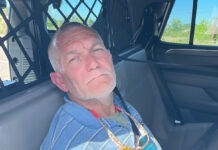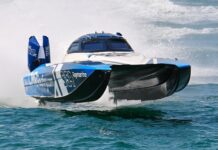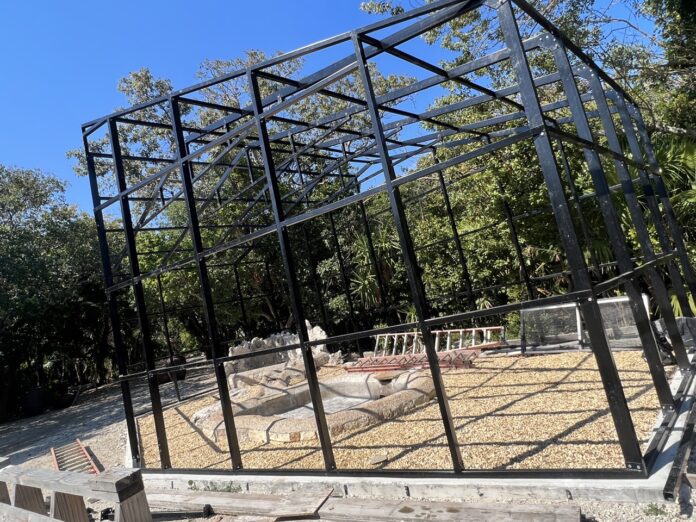
Rescued and recovering birds will soon have a new place to call home as the Marathon Wild Bird Center (MWBC) “flies forward” with brand new enclosures and a new hospital and rehab facility later this year inside Crane Point Hammock.
No longer restricted by repurposed spaces and a center that’s grown in bits and pieces since its inception in 1995 from the old Crane family garage, the birds’ new homes will feature tall steel frames manufactured in Meyerton, South Africa by Riaan Van Helsdingen, an expert in enclosure construction through his work with game parks. It’s a much-needed expansion, as the center typically sees between 750 and 1,000 patients per year in addition to providing year-round care for its permanent residents.
With the frames’ trip across the globe finally finished after a tricky trip through Customs, the remainder of the construction now lies in the hands of Roger Johnson of Jolly Roger Builders, as he is tasked with bringing the center’s founder and director Kelly Grinter’s vision to life. The pair met as neighbors in 2014 before both losing their homes in Hurricane Irma, after which Johnson personally built Grinter’s new house before turning his efforts to his own home rebuild and the bird center project simultaneously.
“Kelly is a true founder,” Johnson said. “When I think of the thousands of birds she’s saved, it’s phenomenal. I think about her selflessness.
“This was her vision. She told me what to do, and I tried my best to follow instructions.”
In addition to providing storm resilience and protection from predators, the new enclosures will include a black vinyl mesh for easy viewing of the center’s resident non-releasable birds, a suggestion passed to Grinter from former Sheriff Rick Roth.
Most enclosures will feature solar-powered water features for the birds that can make use of them. Each space is engineered around the unique needs of a particular species or even an individual bird, with some designed in anticipation of new species like bald eagles. Individual habitats already in the works include enclosures for brown pelicans and double-crested cormorants (known as usual suspects in rehab cases), gulls and terns, raptors, turkey vultures, songbirds, herons and shorebirds.
Some of the resident birds on the public “education side” of the new center have been with Grinter for around two decades, including animals like Oliver the osprey, a 19-year Wild Bird Center veteran, and Mr. B, a 22-year resident whose claim to fame is a photo shoot with renowned National Geographic photographer Joel Satore.
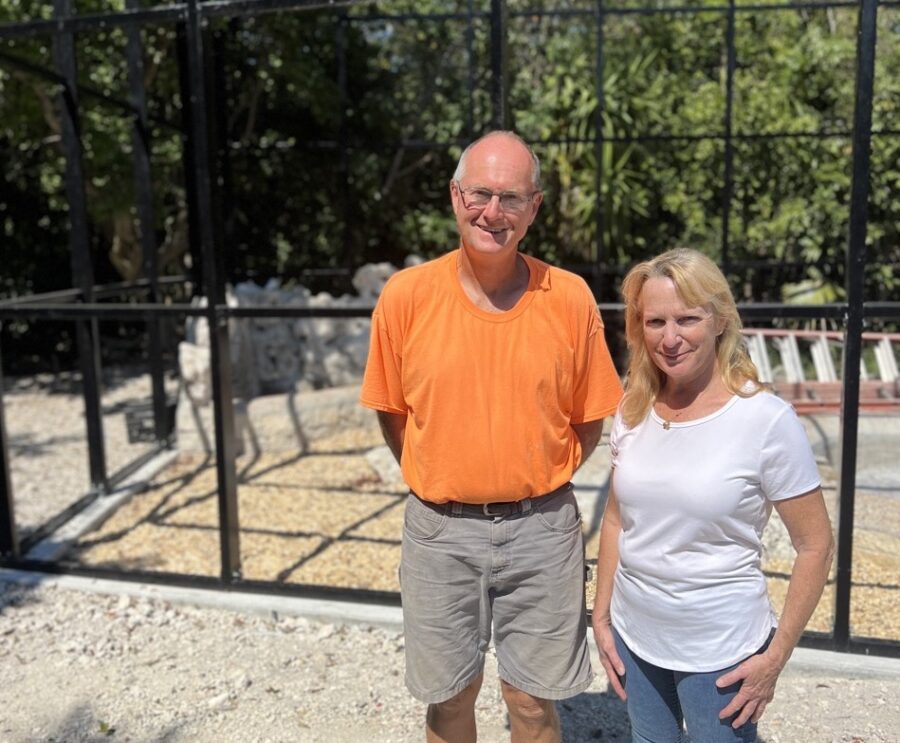
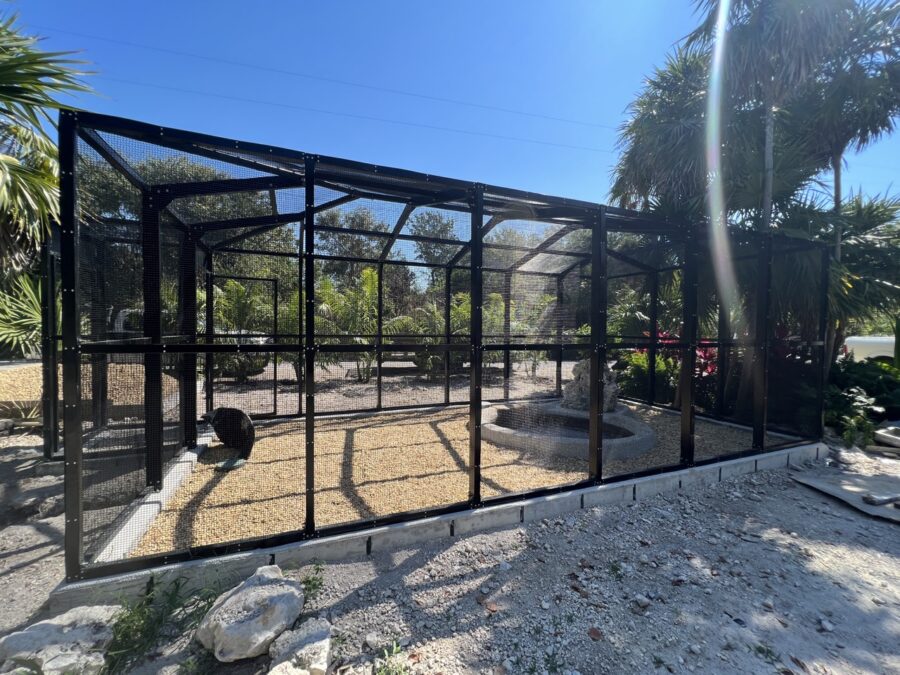
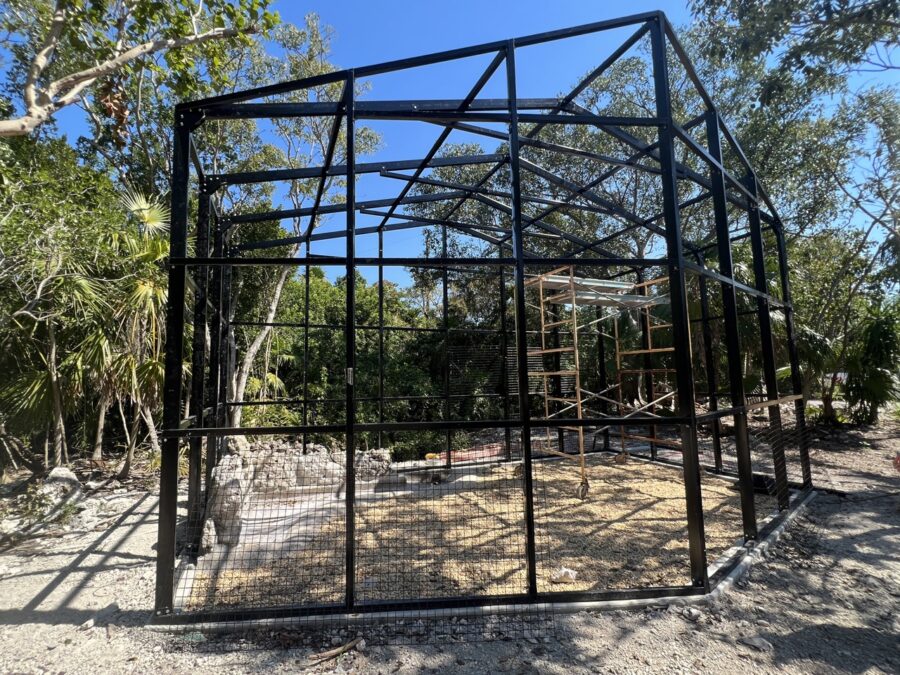
“Oliver was at least 3 when I got him, so he’s at least 21, but he could be 35,” Grinter said. “He has to move up here now, but I haven’t told him yet,” she added with a laugh.
A tropical oasis will form the centerpiece of the circularly-arranged enclosures, with landscaping throughout the site designed and donated by none other than artist, philanthropist and staunch Crane Point supporter Lynn Voit.
As required by FWC upon the center’s move, a privacy fence will separate the permanent residents from more utilitarian enclosures designed for birds working through quick, efficient rehab stints. A former gate house will serve as an expanded hospital where renowned vets Dr. Doug Mader and Dr. Gerry Diethelm can put their talents on full display as they treat critical cases, and a new ICU building is in the works.
The bird center’s move from the heart of Crane Point’s wooded property, nearly half a mile from its entrance, is the culmination of a seven-year effort spearheaded by Grinter’s vision and tireless support via Crane Point’s board and staff’s aggressive pursuit of the necessary funding. Two separate Tourist Development Council grants – one funding educational enclosures, while the other covers rehabilitation facilities – for a total of just under $300,000 will finance the majority of the $400,000-plus move. Both were written by Crane Point CEO Charlotte Quinn.
“Every time I look at it, I think, ‘I can’t believe this is happening,’” Quinn told the Weekly. “We were very, very lucky to get the grant from the Tourist Development Council. … We’re thrilled that the bird center is on our property, and we’re thrilled that the new center is going to be out of this world.”
With a tentative completion target in October 2023, the center is still looking for donor funding of critical equipment and projects, including $3,500 for river rock for the bottom of bird enclosures, a new $4,500 X-ray machine, sponsorship of individual habitats and a new ICU building, a new multipurpose rescue vehicle, observation benches and a salt water well to supply the enclosures’ water features. More information is at marathonwildbirdcenter.org













